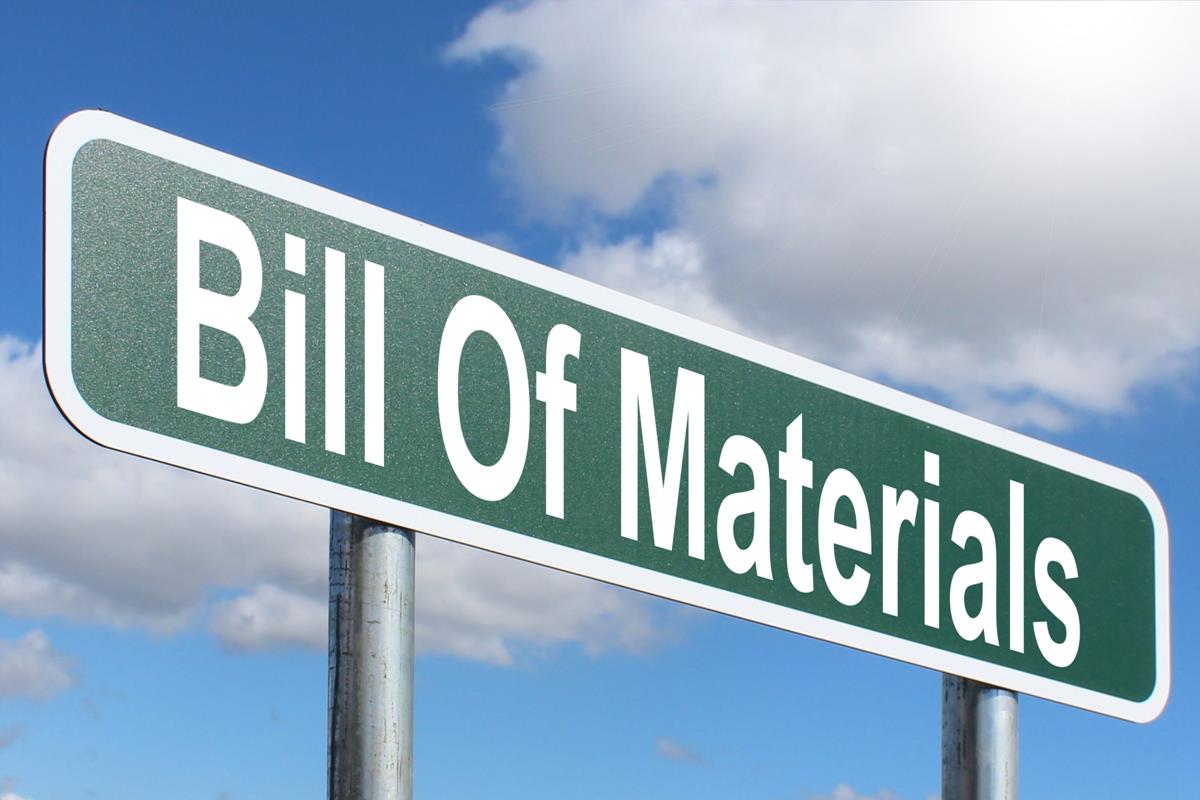Advantages of Bill of Materials (BOM) Automation

CCA BY-SA 3.0 by Nick Youngson
Introduction
If you’re not quite sure what a bill of materials (BOM) is, you’re not alone. Many designers have plenty of experience routing traces, placing components, and even building libraries of parts, but the one feature that many overlook is the option to automatically generate a bill of materials from their designs.
It’s not all that surprising either. Often times, small businesses rely on their trusty Excel spreadsheets to keep track of parts and vendor information. Interns take designs and manually input headers, vendors, and part numbers into a sheet that can be relayed to purchasing for procurement. Your company might even have its own formatting and templates to help streamline the process.
While this method works fine for smaller designs, as projects scale, parts become obsolete, and boards become more complex, you’re bound to run into problems. If you’ve ever struggled with keeping all your documents and drawings up to date with every new engineering change order (ECO), you’ll immediately see the value of putting a little extra work upfront in the design process to keep your BOMs up to date.
If this sounds like you, you’re in the right place. In this post we’ll cover what a BOM is, and how you can streamline your PCB design workflow through BOM automation.
What is a BOM?
If you want to build something, it can be helpful to have a list of all the components you’ll need to bring your project to life. Even better if that list also includes information on part vendors, footprints, and links up to your electronic design.
A BOM is simply a list of the components used on your PCB design. Here’s a quick overview of the types of fields you may encounter on a BOM:
-
Part Number
-
Manufacturer
-
Vendor
-
Description
-
PCB Footprint
Depending on the unique needs of your company or industry, you may also want to include other fields, such as quality standards or military specifications in your BOM.
BOM automation reduces data management overhead
The BOM plays a vital role in coordinating the sourcing, budgeting, and manufacturing of your PCB designs. The easiest way to ensure that your BOM is always up to date with the latest iteration of your design, is to generate it from the design itself.
To do this, you’ll need to assign the appropriate BOM fields to the properties of different parts as they are instantiated in your design. Everytime you add a new microcontroller, capacitor, resistor, or other component to a design, fill in the BOM fields and update your general library accordingly.
This is why there are so many online repositories of common parts with their footprints.
Working with an existing library full of parts that you know you’ll have no trouble sourcing is the best way to streamline procurement within your organization.
Keep designs up-to-date on their obsolescence status
It’s a story that’s all too common in the electronics industry—a manufacturer stopped fabricating a certain part, rendering your design obsolete. You remember to update all the affected drawings with the replacement part, but neglected to update the BOM spreadsheet. When purchasing goes to procure the obsolete part, or worse still, your design makes it to the assembly line with an outdated part, chaos ensues.
Managing obsolescence status is a fact of life in the electronics industry, because technology is constantly evolving. In a world where a part can become obsolete in just a few short years, can you afford not to take advantage of BOM automation?
Streamline your Electronic Design Automation (EDA) workflow
A little planning up front reduces the overhead of managing all your parts. It also allows you or any other designer on the team to quickly whip up new prototypes from an existing library of parts, while having full confidence those parts are up to date and can actually be sourced.
Ready to take advantage of BOM automation in your EDA workflow? Check out this short tutorial video on generating a BOM using Cadence’s OrCAD Capture tool.